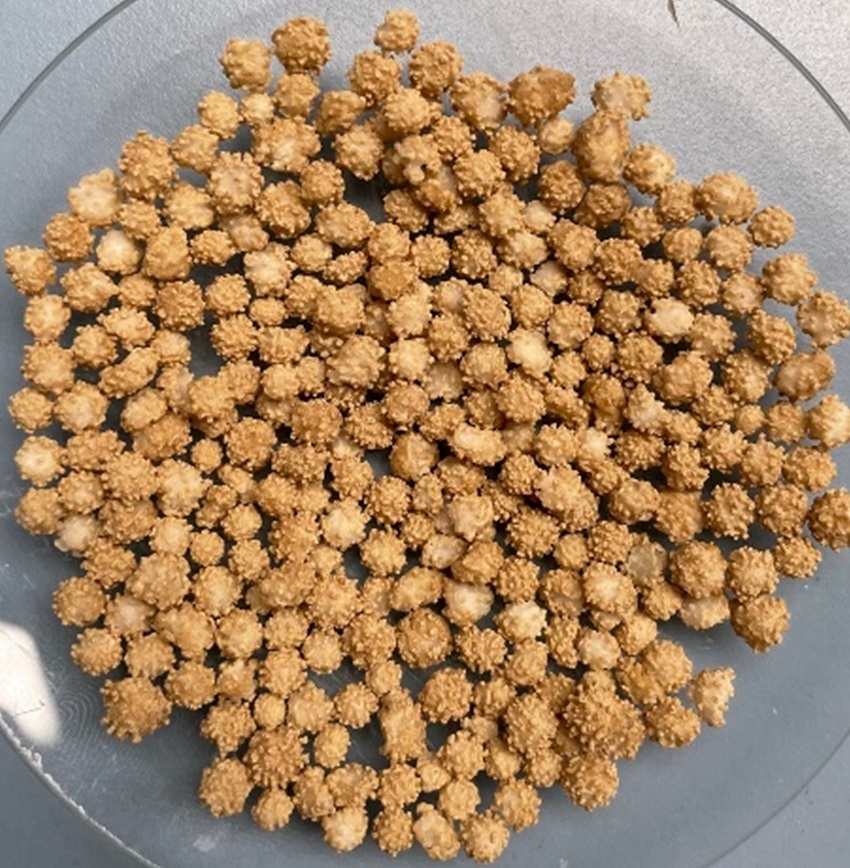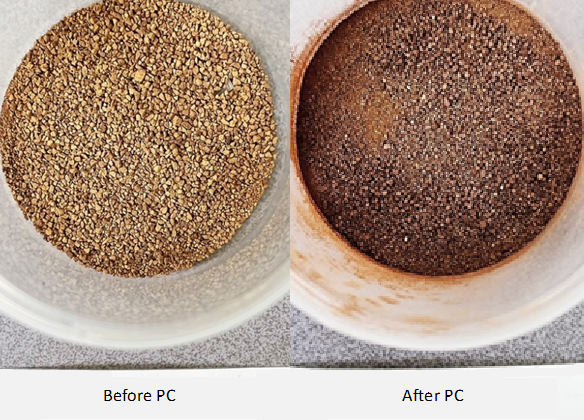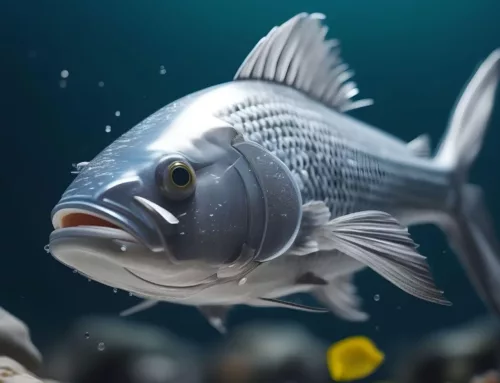Particle Wear and Testing introduction
Particle Wear and Testing techniques
Methods for Particle Wear Testing in bulk Both afore-described methods however only work for individual particle testing. When studying particles in bulk one needs to take the method and approach into account, for example, bulk crushing strength that can measure the created fines during stress tests at different stages of consolidation pressure. We also offer a rotating drum solution to breakdown granules or pellets as attrition is created. The rotating drum quantifies the fines collected, This measurement method is a device able to mimic the process conditions of an industrial drum. The attrition that may occur with smaller materials during pneumatic transport we mimic by exposing the material to a repeated impact test. Similarly, this technique is also used to test fluidisation attrition which may happen when particles collide when fed into fluid bed installations. Particle Wear and Testing in relation to dust The two undesired phenomena may happen during the coating process. The freshly formed coating layer can undergo wear as a result of the dynamic motion in the coating drum, either by granules-to-granules interaction and/ or through granules-to-wall interaction as the granule is exposed to either form of wear, little flakes of the material chip. The formed wear of chips can re-attach onto the coating layer, which in our research showed the formation of an undesired coating effect referred to as the ‘broccoli pattern’ as shown in Figure 1. Dust in the Wind We have recently investigated the effect of pneumatic transport on Lignin granules. After the analysis cycle, it became apparent that particle breaks mostly in the bend area under high airflow caused by particle-to-wall erosion and the particle-to-particle impact. With a relatively high air velocity (12 m/s) of conveying, around 10% of the fine has been formed. The result is shown in Figure 2.
During storage and transportation, materials can experience wear. The wear of particles often causes undesired phenomena like loss in product and product quality and the formation of fines of dust. Delft Solids Solutions laboratory is equipped with various research equipment types for studying the wear of solid particles, we research both the attrition as well as the abrasion of solids.
A straightforward approach for larger materials can be tested with our tablet hardness tester, it measures the crushing strength in the axial or radial direction of a single pellet and tablet. This method however does not work for smaller particles. Delft Solids Solutions has developed a robotic compression tester that can measure the individual crushing strength of particles in the 100-micrometer range. With this data one can look at the cause of the unsought material behavior and can be changed accordingly, to influence strength, integrity, or durability, for example, is an integral part of product design and improvement across nearly every industry.
As mentioned above, the undesired phenomena caused by the wear of particles is a loss of product and product quality leading to the formation of fines of dust. Delft Solids Solutions recently investigated two undesired phenomena that frequently occur during powder processing.
During the pneumatic conveying process, the formed particle wear can escape the system and be released into the atmosphere which may cause a health hazard as well as increase the risk of an explosion. In the conveying system, the most common cause of wear is the particle-to-particle impact and the particle-to-wall impact, generally found to happen in the bends of the transport system. Delft Solids Solutions can determine the particle breakage level and dust level after the pneumatic conveying process.







